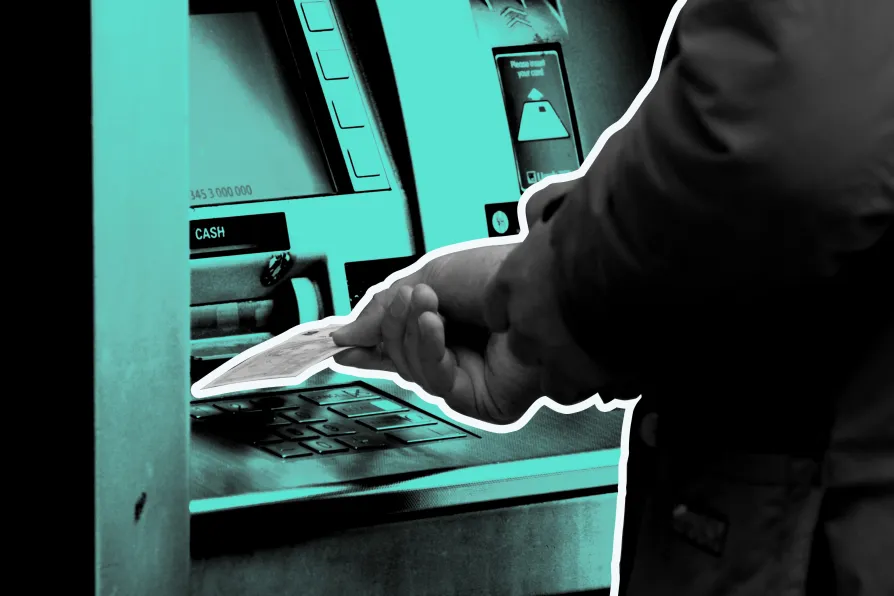Israel’s genocide in Gaza persists, while the war in Ukraine continues with no negotiated settlement in sight. As Europe rearms and Britain expands its nuclear capabilities, CAROL TURNER reviews the alternatives


THE key economic indicators that trade unionists used to consider closely were the balance of trade deficit, the value of the pound, manufacturing production output, research and development (R&D) investment and unemployment levels.
Together these reflected the political health of the country to the extent that production was primary and that capital, until 1979 legally restricted in its movements, was being reinvested to regenerate the wealth-creating base.
As the country got further and further embroiled into the EU machine, with its free movement of capital, privatisation and neoliberal economics, the shift from the real economy of industrial production to the virtual reality of financial speculation also led to a shift away from discussing the most revealing economic indicators.













